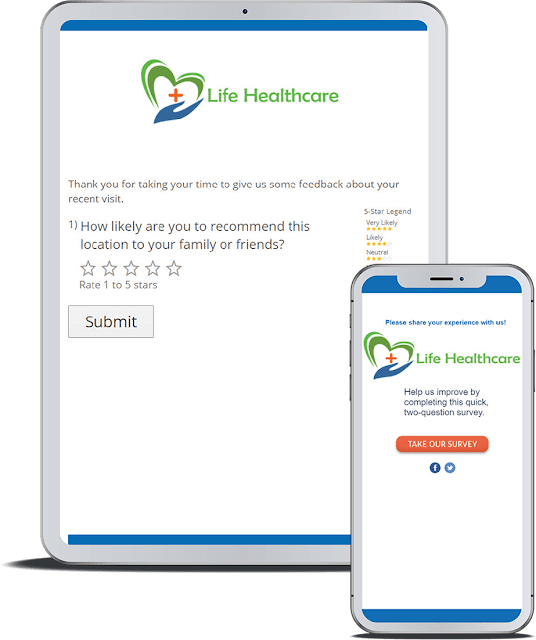Hospitals, clinics, or even in the medical practice. They all have one thing in common. That the flow of patients isn’t really great. Waiting for assistance can be frustrating.
When it comes to improving patient flow management, some medical institutions are way better than the rest. Waiting isn’t an option there. How do they do it, and what are their secret that other institutions don’t have? Here is everything you and your practice need to know about the management of patient flow and patient satisfaction.
What is the one thing that is bothering everyone in medical practice?
Think for one minute. What is the one thing that is bothering everyone in medical practice, clinic, or even hospital? The flow of patients. You might be waiting for hours just to get assistance. And, if you are feeling sick, this can become really frustrating.
Is there something that one can do about the flow of patients? The good news is that there are a couple of things that you can do about improving the flow of patients, but there is one thing that you need to do first. Every institution should consider doing patient flow analysis first. Checking how many patients are coming and going into the practice on a daily basis and how many are satisfied with the service you are offering.
Patient flow management at practitioners are possible
One thing that you need to know is that improving patient flow management within a busy medical institution or practice is possible. You just need to make sure that you get all the information needed to make adjustments to the service you deliver to the patients.
For example, if you are offering more personnel at the clinic, patients will be assisted faster. Or, if you have a virtual waiting room, your patients don’t have to sit and wait at the practice for assistance. You just need to think out of the box and consider all your options.
Making use of technology for improving patient flow is possible
Yes, there are many different options available when it comes to technology for patient flow improvements. If you make use of patient satisfaction surveys you will easily see what is bothering patients and where you can improve so that patient flow will increase.
With the technology, you can also make use of online software to control and manage patients flow within the practice or hospital. Making bookings online and controlling the number of patients coming into the practice if the doctors behind schedule is just to mention a couple of ways that technology can be used to improve the flow of patients.
Consider a virtual waiting room system
The latest and best way for improving patient flow management is to consider a virtual waiting room system. This is an online system where your patients are making an appointment and confirm that you are on time for your appointment. Then, you are waiting in the car or at home until the personnel let you know that it is almost your time to see the doctor.
This is where you don’t actually wait in a waiting room, but use online software to confirm your appointment and wait for the call to say that you can now come into the practice.
Patient satisfaction surveys can also be used
Patient satisfaction surveys can also be used to improve the flow of patients. By letting patients write reviews about the medical institution, they can let the personnel know where improvements can be made. And, by reading negative reviews, they will know what might cause patients to be impatient at the institution.
This survey software is available online. A medical institution can pay and download the software that allows patients to make suggestions and to write reviews about their experience at the institution.
Now you know that improving patient flow management is possible in any medical institution. You just need to know what to consider and where to start. By making use of technology is the best and first place that any practice, hospital, or clinic should start. Things like virtual waiting rooms, patient surveys, and online recommendations are just to name a couple of ways to improve the flow of patients in a medical institution.


Comments
Post a Comment